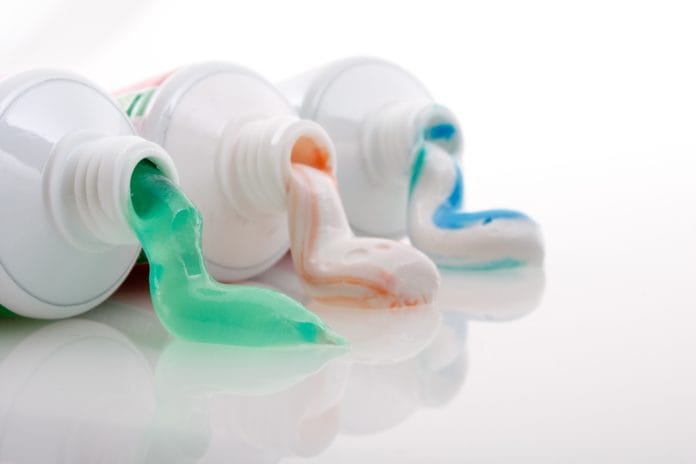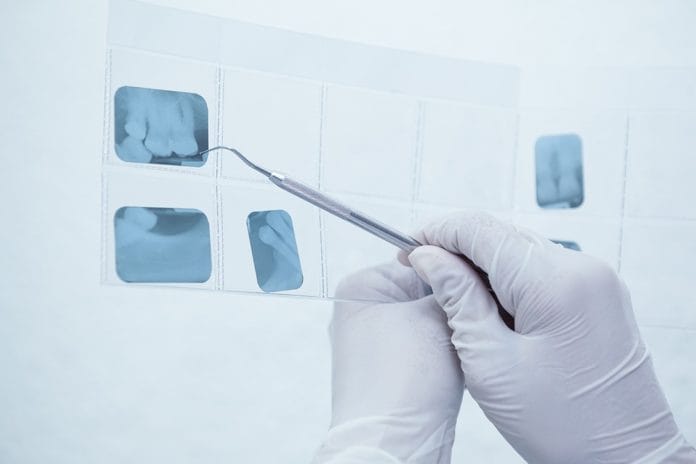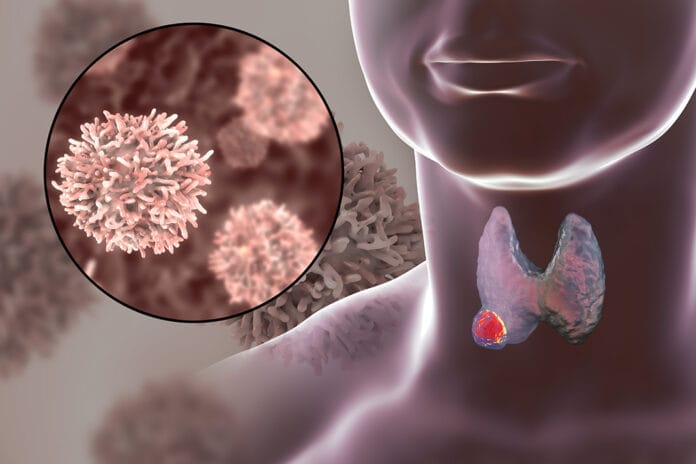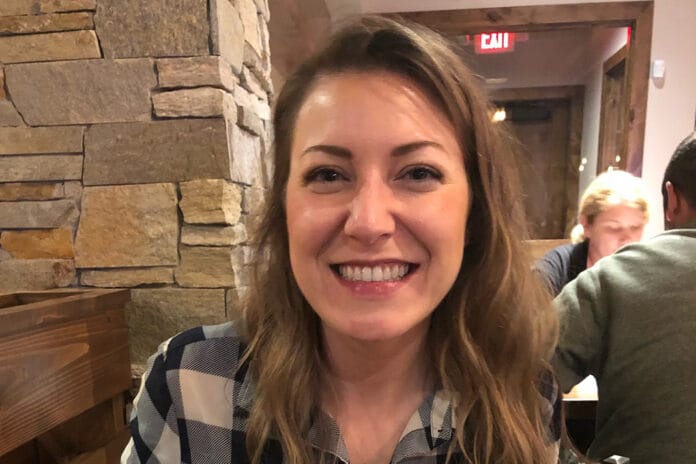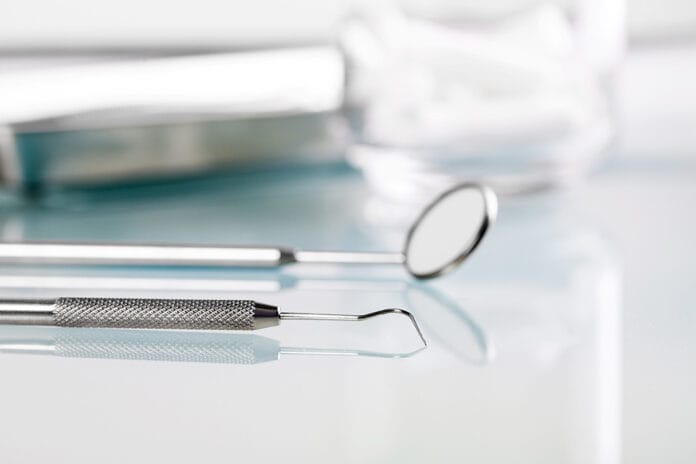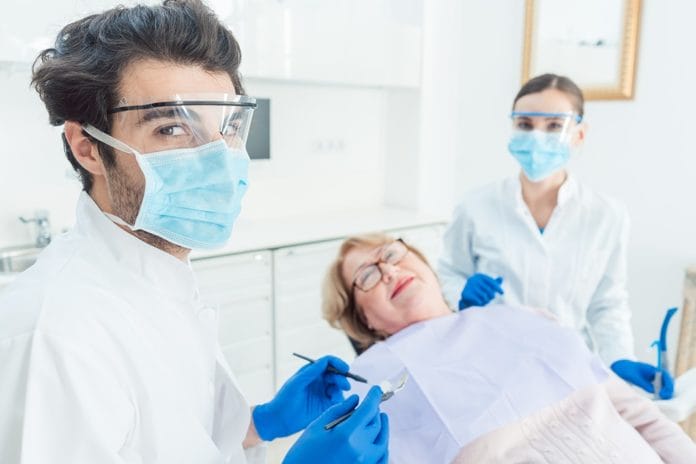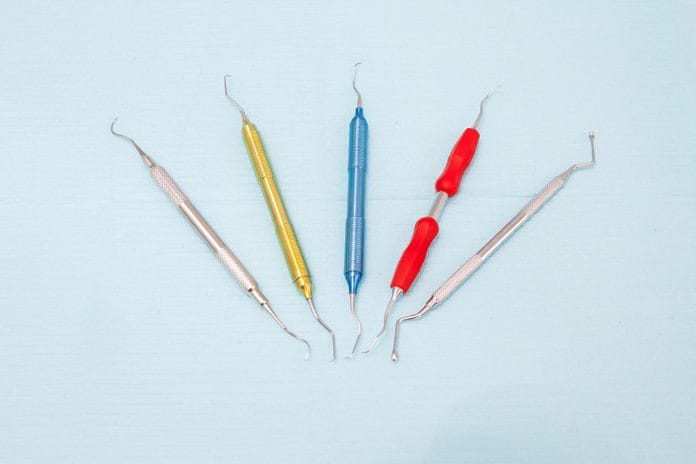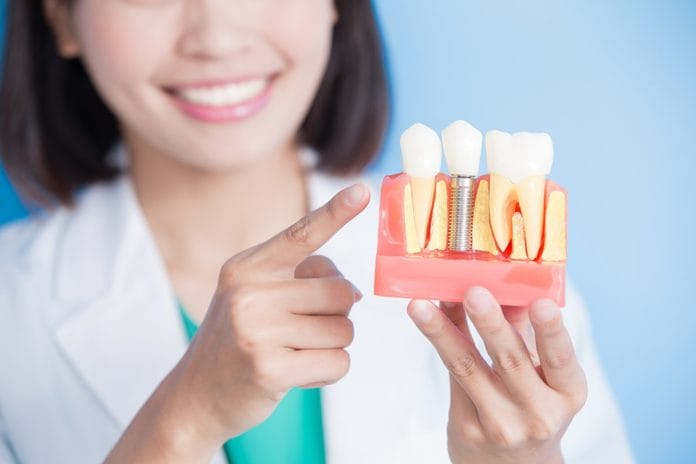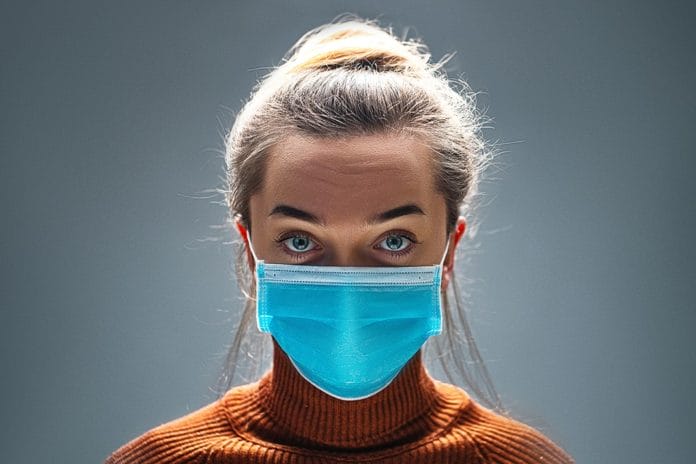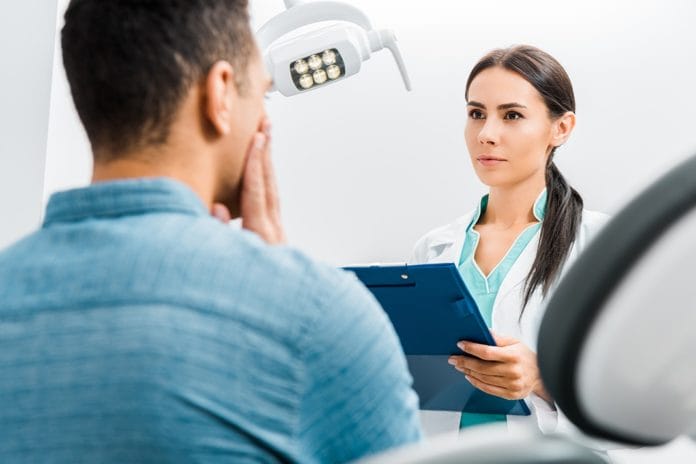Debbi Viger, RDH, BHS
Starting the New Year From a Place of Giving and Gratitude
Getting ready for the new year gives us time to pause and reexamine the values we hold to be true and to decide on...
Relative Dentin Abrasivity (RDA): Not Just a Simple Number
What do we really know about toothpaste abrasion? I always thought the relative dentin abrasivity (RDA) was a key factor when choosing toothpaste for...
A Child’s First Appointment: Hygienists Set the Tone for Lifelong Care
We all know that children need to have the best, most positive dental experience to ensure a fondness for a lifetime of dental visits....
Botox Isn’t Just for Wrinkles Anymore: A Hygienist’s Experience with TMJ Treatment
Do you clench or grind your teeth? Wake up with headaches or stiff, tight muscles in your face? So many people are affected by...
Manual Toothbrushes: How Hygienists Can Assist Patients Choose the Right One
As a dental hygienist, how are you choosing toothbrushes for dental patients? We all go for the obvious, should it be a manual, battery,...
True Confession of a Less Than Ideal Bitewing
What’s your hygiene moment when you realize you have had an epic fail? Hopefully, none of you will ever have that experience, but I...
Thyroid Cancer: Hygienist Survives Surgery and Recommends Dental Monitoring for Symptoms
WARNING: Graphic images contained in this thyroid cancer article.
With limited appointment times and an increasing number of tasks to accomplish, dental hygienists may be...
Dental Hygiene Ventures: Hygienist Finds Path in Nutritional Counseling
Dental hygienists who are lifelong learners, science nerds, and thrive on changes and challenges are amazed at what can be accomplished. Courtney Beth Anderson,...
Diagnostic Instruments: Choosing Dental Mirrors, Periodontal Probes, and Explorers
The best diagnostic instruments offer the clinician and patient superior overall dental health and comfort. We deserve to have the very best diagnostic instruments...
Assisted Hygiene: Patricia Farmer, RDH, Offers Guidance on Increasing Production
Want to know how one amazingly energetic dental hygienist can produce $42,000 to $50,000 a month? Using time management and performing every task allowed...
Sharp Dental Instruments Create Better Treatment Outcomes and Comfort for Hygienists
Sharp instruments are critical for both dental clinician and patient. From the patient standpoint, they are much more comfortable as less pressure is applied...
Still Negative: How Do Hygienists Create Change?
A recent article about negativity in the dental hygiene profession was published in Today’s RDH, and the Facebook posts of the article (here and...
Preparations for Dental Hygiene Temping Assignments during Pandemic
Are you uncertain about whether you are feeling respected and appreciated in your current employment situation? Multiple options abound in the dental profession. Perhaps...
Negativity in Dental Hygiene: Halt Fears and Focus on the Positive
Do you find that the negativity found online has become almost overwhelming? Social media is inundated with horror stories of terrible dental offices and...
5 Step Implant Assessment
Implants are becoming commonplace in our patients, and we need to know how to care for them in office and for patient instruction. At...
Emergency Dental Treatment During Pandemic Should Lead to More Patient Education
So many things will be changing before we are able to go back to traditional patient care. Personal protective equipment, sanitizing wipes, aerosol control,...
Post-virus Hygiene: Make the Decision to Relaunch Your Career
Editor's Note: Information about COVID-19 is changing on a daily, sometimes hourly, basis. We have made every attempt to ensure this article is up-to-date...
Orthodontic Hygienist: RDH Discovers a “Love” for Bracket Removal
Dental hygiene comes to each of us in a unique way. This is a description of the journey by Candy Malone, BSDH, a 2003...
Organic Does Not Mean Caries-free: Chasing the Elusive Hidden Sugars
Why do some of our patients believe that eating “clean” or eating only organic foods is some magic bullet for dental health!? In the...
Medical Updates: Dig To Find What the Dental Patient Isn’t Saying
When asking patients about their medical health updates, it’s crucial to listen for the answers and probe for greater depth of response. We all...


